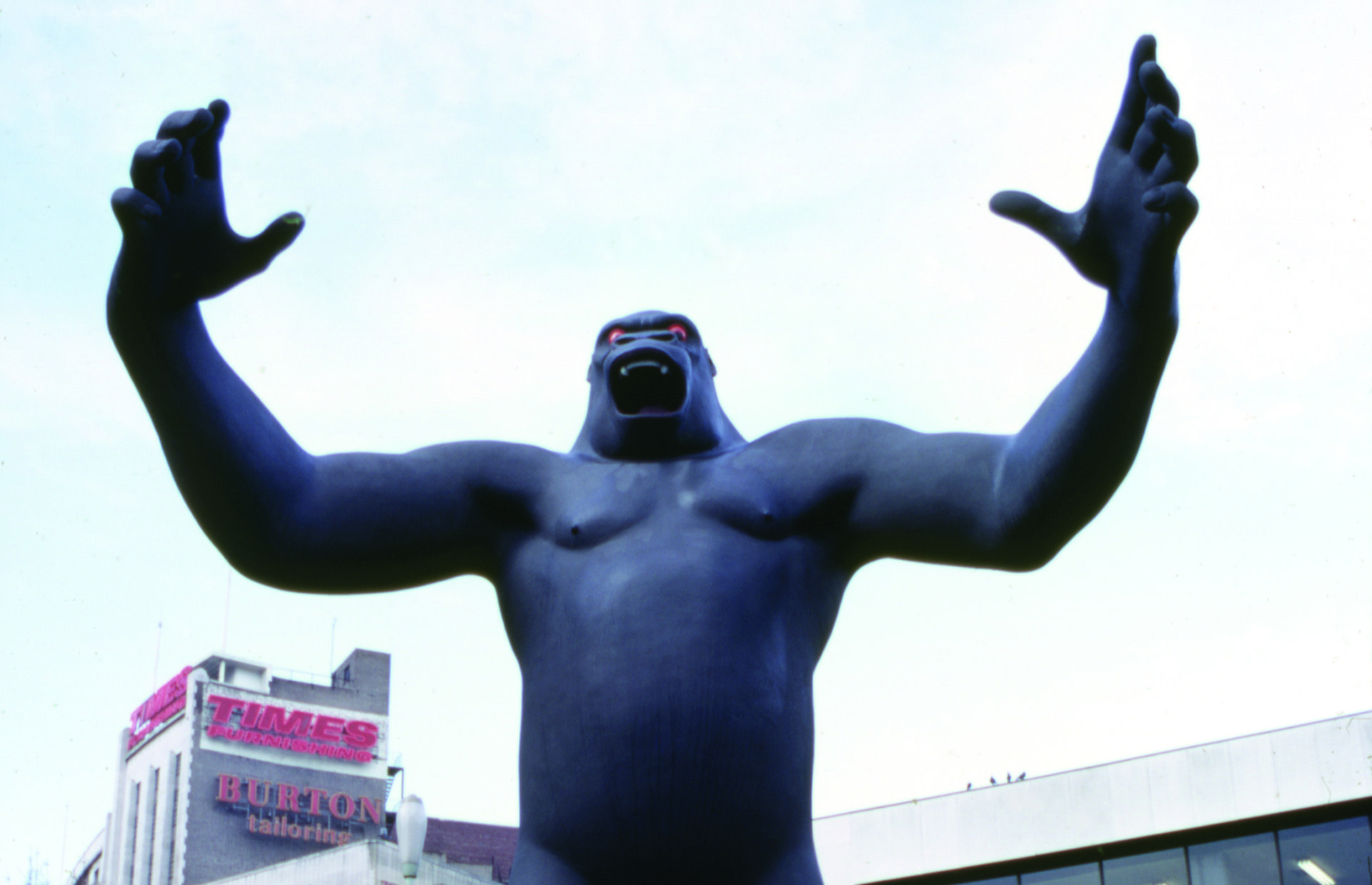Preview: City Sculpture
Project 1972
An ambitious project to move modern sculpture onto the streets of Liverpool and Sheffield in the seventies is being revisited, despite failure at the time
During the 1960s British sculpture witnessed radical change. Keen to leave behind the traditional, artists began to work in glass, resin, aluminium and steel, producing often abstract work that both confounded and delighted gallery visitors. Then, in 1972, the hugely ambitious City Sculpture Project was born, a programme designed to place this new, large-scale sculptural work into public places.
Two pieces were to be situated in each chosen city centre – Newcastle, Liverpool, Birmingham, Sheffield, Cambridge, Southampton, Plymouth and Cardiff – for six months. The entire undertaking, short-lived as it proved, had a profound effect on the British public’s relationship with art and is now to be revisited with an extensive exhibition at the Henry Moore Institute in Leeds.
“The original project took sculpture off the pedestal – where it was mainly figurative and in bronze or stone – and put it quite literally on the pavement,” explains Dr Jon Wood, the new exhibition’s curator. “Rather than commemorating a civic, political or military individual, as was traditional, these new works removed that memorialising baggage and had that ‘now it’s time to see things your own way’ approach, leaving people to judge how they related to the space they were in and the architecture which surrounded them.”
Although in some ways the 1972 project proved a failure – no council opted to purchase work following the initial six month period – Wood believes now is an interesting time to re-evaluate its impact. Attitudes have changed and, as a centre of study for sculpture, the Henry Moore Institute has recently been reconsidering the place of large-scale work in the urban setting.
“When you look at the column inches the exhibition generated back then, it’s hard to see how it didn’t change the public perception of abstract art,” Wood explains. “And while I think the public are now more knowing, less baffled if they walk around a street corner to find themselves confronted with a vast sculpture, I don’t think the negative attitudes have entirely gone. This is something we’ll examine.”
Featuring 20 sculptures – work from the original exhibition and a host of pieces recreated by the initial artists – alongside period reviews, preparatory sketches and colour photographs from 1972, the new exhibition promises to look both backward at the first City Sculpture Project and forward as it seeks to assess just how urban sculpture fits into the 21st century.
William Turnbull’s six-part, stainless steel creation Angle – initially shown in Liverpool – is one of the two original sculptures set to feature, yet it’s the other that is likely to garner most interest. At five metres high, and the only obviously figurative piece from 1972, Nicholas Monro’s King Kong is certainly striking. The angry, red-eyed gorilla is set to stand outside the institute itself, glowering from the steps across one of Leeds’s busiest thoroughfares, the Headrow. “Many people thought it had been destroyed but we managed to track it down to the back garden of the person who actually bought it in the mid-1970s,” Wood recalls. “Monro said he chose King Kong as it would be out of place in the big city, which was just how he felt, and everyone would be unsure of what it would do next – every inch the metaphorical bull in a china shop.”
City Sculpture Project 1972 is at the Henry Moore Institute, Leeds, until 19 Feb

Leave a reply
Your email address will not be published.